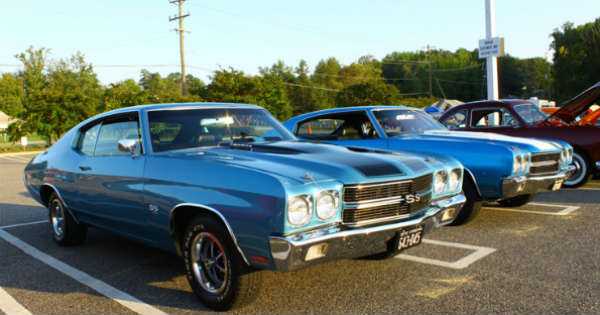Introduction
Purchasing a used car can turn out to be a very risky venture when you do not know what`s beneath the hood. However, although a new car can help you make significant savings, the risk of purchasing a used car can be ultimately worth it. With that in mind, there are many steps that one can take to avoid purchasing a car that does not meet their needs. Those steps can help you make significant savings on expensive repairs that you were not anticipating. There are many things to inspect and look at in order to assess a car`s condition and quality. In this article, we`ve highlighted the various types of car inspections that on can perform on used vehicles.

Some of these inspections can be performed by the car owner while others requires to be looked at by professional mechanics with the needed experience and knowledge.
Fluid inspection
Vehicle are heavily dependent on fluids that run them some of these fluids include; brake fluid, differential fluid, power steering fluid, transmission fluid and engine oil.
These fluids are lost when a car experiences any leakages. Therefore, checking up all the essential fluids of your car regularly will help to extend life of most car parts.
Brake inspection
Most drivers are very concerned about the brakes of a vehicle. This is mainly due to the fact that brakes stops the vehicle and are important for the drivers` safety when they`re on the road.
A car will not stop when needed to if the brakes are not functioning properly. Inspecting the brakes can help to identify if the brake pads need to be changed, if rotors are in great shape and if the brake lining looks good.
Suspension inspection
Your vehicle`s ride quality can be linked to the underneath suspension parts, some of these leading parts include; shocks, control arms, tie rod ends and struts. Performing the suspension inspection can help to save the car from experiencing some critical problems.
You can throw off the other parts if a certain piece isn`t working correctly since most suspension parts tend to be tied to one another. One of the main reason of having suspension system looked at is to identify problems become they become more significant.
Exhaust inspection
When the exhaust system has a problem, the car produces more smog and smoke in the air which is not good to the environment. The smog laws of some states in USA make exhaustion inspection a necessary part in owning a car.
Apart from causing environment pollution, exhaust leaks might result to performance issues and even sound horrible. The exhaust inspection includes everything, ranging from the tailpipes up to the headers or manifold. The typical issues found in an exhaust system of a vehicle are leaks form clogged catalytic converters and exhaust tubing.
Tire inspection
Tire inspection can give clue on if wheel alignment is needed sue to uneven wear on the tires or if it`s just time for replacing the tires that are worn out. In addition, tire inspection can help to identify if it`s time to service tire rotation.
Conclusion
Car inspection is the most essential thing to do when purchasing a used car as it offers confidence of the condition and quality of the car before you risk your money. Although all used cars have a certain level of uncertainty, it`s good to conduct car insurance inspection to minimize that uncertainty.
If the ultimately passes all checkmarks of inspection, then it might the best choice for you. You can start by test driving and visually inspecting the car and then take it to professional mechanics to conduct the other inspections.

